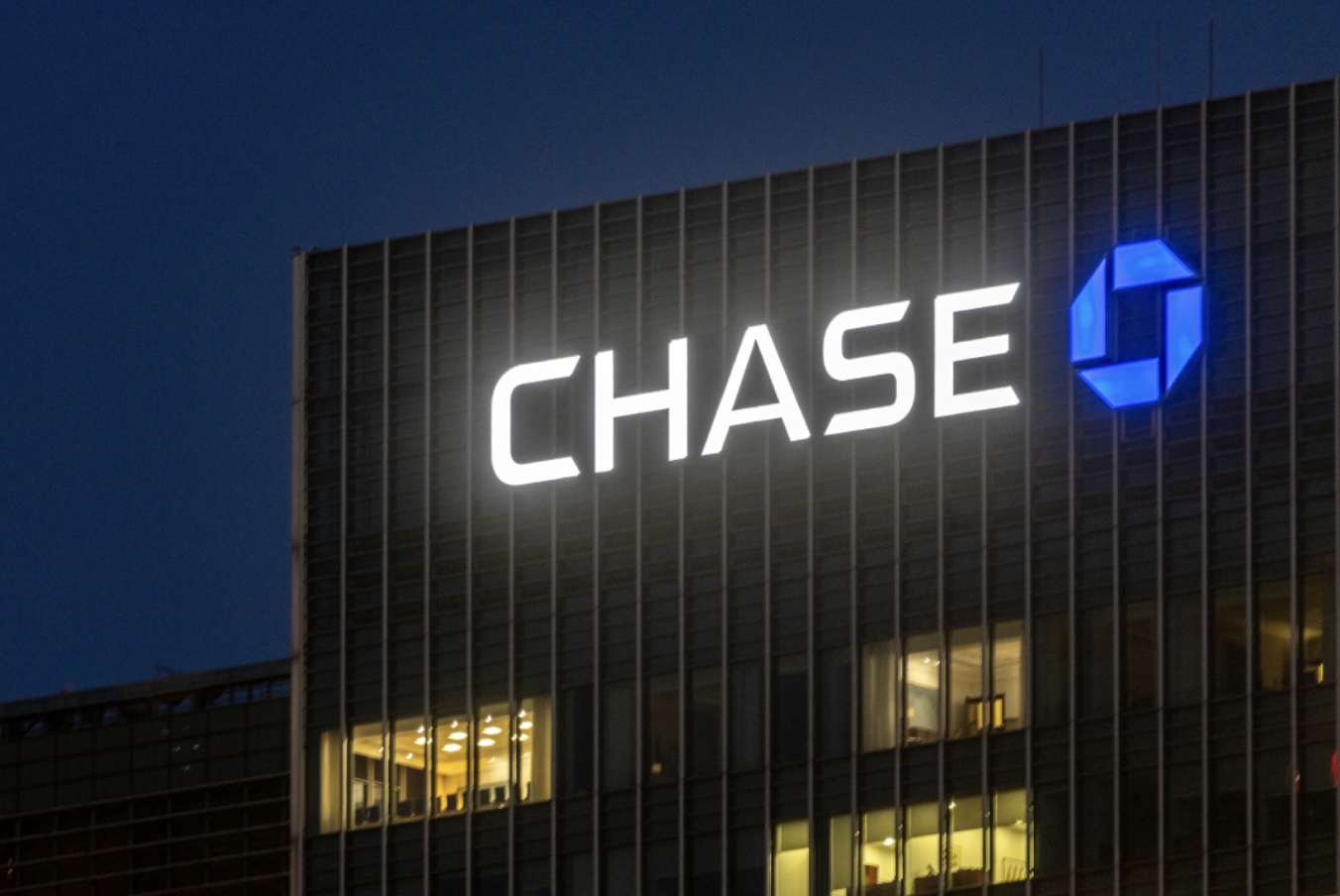Hello MCR

Chase UK: The New Credit Card is Finally Here, But There’s Still a Long Way to Go
I’m not sure the good people at Chase realise how lucky they are with the competition:
Starling has been promising a credit card for years, and nothing ever came of it. Revolut also doesn’t have a credit card in the UK, and at any rate it’s an e-money account, not technically a bank yet. The Monzo Flex is a revolving credit product, and currently not reported on all three credit agencies. (That’s important, because one of the main reasons people get a credit card is to improve and maintain their credit score). First Direct is basically HSBC dressed up in black and white, and without branch access. And the one interesting competitor, Virgin Money, has just merged with Nationwide and will soon disappear as a brand.
So it looks like Chase has no challengers; the new credit card is set to be the only one in the fintech bank space. After three years in the UK, it has over 2 million customers, around £20 billion in deposits, and it’s targeting profitability in 2025. By comparison, Monzo has only around £11 billion in deposits with 5 times as many customers as Chase. The reason is obvious: the average Chase customer saves and invests more. They also bought the Nutmeg investing platform and integrated it neatly into the Chase app.
What Do We Know About the New Credit Card?
Since Chase is offering a 1% cashback on its debit card, their first credit card in the uk will focus on borrowing rather than rewards: no fees, no foreign exchange fees, and 18 months interest free purchases. Interest rates are likely to be around 24% APR , but that varies according to your financial circumstance, credit score, and other factors. The design will be a “different shade of blue”, presumably lighter, with both the Chase and Mastercard logo on the front. Chase is sticking with landscape/horizontal design over vertical cards.
Chase UK From 2021 to 2024
When J.P.Morgan Chase entered the UK market, their offer in 2021 was out of this world: 1% cashback on all purchases, one of the highest paying savings accounts when it launched (at 4.10%), 5% on roundups, and 1% interest on credit.
Fast forward to December 2024 and what does it look like?
1% interest on balance is gone. 1% cashback comes with £1500 paying-in requirement and a £15 monthly cap, and the savings account now sits on 3.50% AER – easily beaten by Marcus (Goldman Sachs), MoneyBox, Chip, Trading 212 Cash ISA and the rest of them.
And that’s okay, it was a way of attracting customers and announcing their arrival. For me, the real value of Chase is in the app, their customer service, and knowing you’re in good hands (it’s nice knowing your bank has over $4 trillion in assets. I somehow sleep better at night).
8 Improvements I Want to See in Chase UK
1. Cash Deposits
As long as you can’t deposit any cash into the account, it’ll never be your only one. It’s not the end of the world, but it does mean you’ll need a highstreet bank to compliment your Chase account. More fuffing around. A deal like Starling has with the post office would be a good start (first £1000 for free, 0.7% fee afterwards).
2. Open Banking
Three years in, and Chase still hasn’t embraced Open Banking. So for example, you can’t easily link it to apps like Moneybox and Chip for savings and investments. I don’t know the reason, but I can only assume: Chase wants to be your provider for all these things. It now offers a bank account, credit card, savings and investments through Nutmeg. They want you to use their products, not to help you move money to the competition.
3. 2000 transactions history limit
This is a strange one. Chase only records the last 2000 transactions on your account. That may sound like a lot, but if you move money around quite a bit, that could be a year’s worth of transactions. Bank accounts now serve as digital diaries of where we’ve been, how we shop etc. For example, you suddenly remember you went to a great restaurant two years ago on your friend’s birthday. You want to find the name of the place? check your bank account on that date. I’m not sure why there’s a limit at all, but 2000 is way too low.
4. Missing Spending Categories
There are 14 spending categories in spotlight and yet they left out the most obvious one: Property. Whether Property, Home, or Mortgage/Rent, it’s unthinkable not to have one. We all pay it in one form or another, and It is by far our largest monthly expense. Additionally, it would include furniture, home maintenance, repairs, DIY, Gardening etc.
This mistake is somewhat comical, given there’s space for one more category in the Chase app:

5. More Clarity in ‘Spotlight’
This is for money geeks only but here we go: Chase ‘Spotlight’ is where you can track all your spending and view them in categories. The layout is the best I’ve seen in UK banking; Money out, Money in, and Savings. Money out includes Spending and Bills. You can click on each and get the breakdown. Similarly, Money in is made of Income, Interest earned, and Refunds. So far so good.
Savings is recorded when you move money from your Chase account to your Chase savings. However, what happens when you move money into Chip? Or Marcus? You can’t categorise it as Savings. Chase will only let you categorise it as payment/transfer/etc. In other words, unless you save with Chase only, your Spotlight insights will always be distorted.
Additionally, you can’t exclude transactions to correct for this. This is crucial if you want to get a real view of your spending, as oppose to transfers. Anything from moving money around, savings, and investing will all count as money spent. If you want to get a clear picture of how much you’re actually spending a month, you’ll have to do the math yourself and exclude those transfers.
The same is true for income. When you withdraw money from one savings account in order to deposit it elsewhere, it gets recorded in the Chase app as income. There’s no way to distinguish it from actual income (salary, dividends, parking rental). This level of customisation is available on Monzo and Starling, of course. But it’s also catching on with Legacy banks, with Barclays being the best one I’ve seen. Surely it’s an easy fix for Chase?
6. CHAPS Support
CHAPS payments are high value same day payments. They’re mostly used for deposit on properties, cars, and other expensive items like jewellery. Once again, this is a small thing, but it’s what Chase needs to do if they want you to abandon the highstreet altogether.
7. International Payments
This is another item like CHAPS, where Chase customers need to find an alternative. As Chase UK doesn’t accept nor send international payments, you’ll have to turn to Wise, Revolut, or one of the big boys for that. And with Monzo and Starling fully able to handle those in-app, Chase is truly lagging behind on this.
8. Cashback for Charity
This is a niche request, but I can’t be the only one thinking it. A lot of us would like to give to charity, but wouldn’t know where to begin. Or, in fact, would find it easier if that initial friction was removed altogether. The 1% cashback goes to a Charity of your choice, and never passes through your bank account. Automating the process means it’ll actually get done.
Final Thoughts
Looking at my 8 suggestions for Chase, it’s obvious some of them mean more spending, more resources allocated, and more people hard at work. It also means more things can go wrong, and a lot more customer service will be needed. It’s possible that Chase is content to let the highstreet banks handle all the “dirty work” for them, while you do your everyday banking with Chase. They’re happy for you to go elsewhere for the occasional international payment or cash deposit, while everything else stays blue and white.
Alternatively, it could all be in the works and we will see a truly complete account one day. Time will tell.
Visit Chase
This is not financial advice. Please do your own research and/or consult a professional before making any financial decisions.


